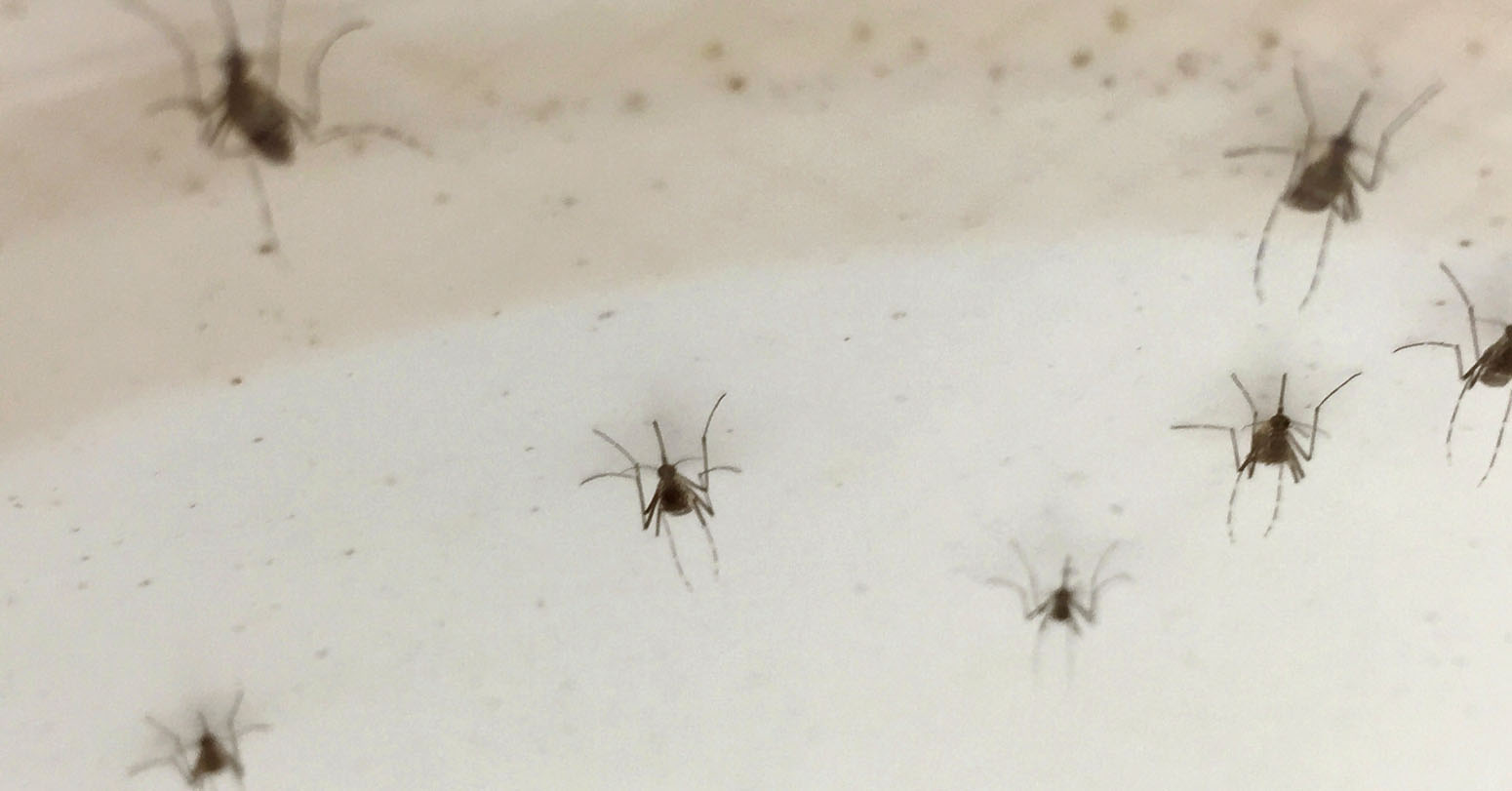
- Prof. Dr. Govinda Bahadur Tumbahang
On the first day of the new year 2081, with intention to worship Baraha God and see the Barahaksetra fair being held for a month after twelve years, I, in the company of my wife, daughter, son-in-law, grandson and other two girl-assistants went to Barahksetra, one of the four religious sites of Nepal- other sites being Pashupat Ksetra, Ruru Ksetra, and Mukti Ksetra. It is situated at the confluence of the Koka and Kosi rivers with altogether nine temples constructed on the slope of the bottom of the hill on the north east side. We reached there by a private jeep at 7.00 in the morning, got off and went down the steps heading towards the confluence where two rivers joined. We washed hands, feet, face and sprinkled water all over our head and body. In fact, we wanted to take bath, but it was not possible to do so, because the site was too crowded. Then, we filled our small water-pot with the water of the confluence-river, and offered its drops to the divine idols set inside all the temples along with prayer and worship. When we completed our rituals after being in a long queue, I felt quite relieved, and experienced a kind of peace and happiness passing through my mind. Then I began to think about my past days.
I learned reading and writing in Nepali under the tutelage of Pandit Beni Madhav Bhandari. He was well read in Sanskrit and a strong theist. I would sleep on a separate cot near him, wake up early in the morning and get up from the bed reciting a hymn. After going to toilet, I would brush my teeth and wash my face reciting hymn. Then, I would collect fresh flowers, put them beneath the picture of Goddess Saraswati, and invoke her reciting the hymn. Only then, I would start reading and writing. Thus, I passed two years with him until he left me. I studied up to class 7 in the neighboring schools walking on foot from my own house. Then, I rented a room at Majhgaun, Dhankuta, and studied from class 8 to class 10 in Gokundeshwar high English school Dhankuta. Bhubaneshwar Baudhacharya was its headmaster. He was also a theist. Every school day he would arrive at quarter to 10.00 in the morning, walk around the temple folding his hands, bow down his head before the statue of Goddesh Saraswati and go to his office.
My landlady was old and lonely. She was a great devotee of Marga and Nisan, the popular goddesses of Dhankuta municipality. She would advise me for the success of my study to rise early in the morning, brush teeth, wash hands, feet and face, and pray to them every morning before doing anything. I followed her advice. I would start reading and writing only after completing the daily ritual. I would occasionally go to those shrines to offer prayers and perform rituals. Thus, I became a true theist and loyal devotee to the goddesses Marga and Nishan.
When I was studying in B. Ed. in Dhankuta Multiple Campus Dhankuta in 2036 B.S., the then king Birendra Bir Bikran Shah Dev declared national referendum giving Nepali citizens an alternative to choose one between reformed Panchayat system and multiparty ruling system. Then, political prisoners were set free and erstwhile restricted free student union, Nepal Students Union (NSU), All Nepal National Free Students Union (ANNFSU) and many others were allowed to act freely. In Dhankuta Multiple Campus ANNFSU, a sister organization of the then Nepal Communist Party ( Marxist, Leninist) was dominant. Its leaders used to say that there was no existence of god. Religion is opium and a medium of exploitation and such. It was, in fact, very difficult for me to accept those ideas because the concept of goddesses and religion had been deep- rooted in my mind. . At that time, as I was a supporter of that organization, I could not openly express my faith for fear that the students affiliated to that organization would distrust me. However, I was a thorough theist at heart, and visited the shrines and temples clandestinely. When my student life was over and I joined Multiple campus Dharan as an assistant instructor, I became free from this fear, and started openly visiting religious temples and shrines like Pindeshwar, Dantakali and Budha Subba.
Three years before, I entered Dantakali temple's prayer room, where a priest in saffron dress was sitting by the idol of the goddess with holy marker in his hand to sign the holy mark on the foreheads of the worshippers. My eyes fell upon his eyes, and he also saw me. I gave him a curious smile. He understood my meaning, and suddenly he bowed his head down. I did not want to torture him anymore because he was the same person who used to preach other people the Marxist dictum as mentioned earlier.
Chairman of Communist Party of Nepal–Unified Marxist Leninist (CPN-UML) K.P. Sharma Oli used to preach dialectical materialism. Like any other communist leaders, he too believed in Marx’s dictum: religion is the opium of the people. He even refused to take the oath of office in the name of god. However, in January 2021, he went to the Pashupatinath temple, spent more than an hour and performed a special ritual. He then instructed officials of the Pashupati Area Development Trust to develop the revered Hindu pilgrimage site as a holy place for adherents of Vedic Sanatan Dharma.
Similarly, before his inning as third time Prime Minister, Puspa Kamal Dahal, chairman of Nepal Communist Party (Maoist) was a radical and revolutionary communist. He had neither faith in god nor in religion. Like Oli, he would refuse to take oath in the name of god. However, after he became Prime Minister for the third time, he turned out to be an ardent Hindu devotee. It is evident from his visit to Mahakaleshwar temple and Pashupati Nath temple. Around 1.30 p.m. on June 2, 2023, he offered prayers at Mahakaleshwar temple situated in Ujjain city of Madhya Pradesh. He wore a saffron-colored shawl, and performed religious rituals inside the sanctum of the temple amid chanting of ‘shlokas’ (hymns) by priests. He offered 100 kilograms of ‘rudraksh’ and ₹51,000 at the temple. On June 10, 2023, Prime Minister Dahal, accompanied by several the then cabinet ministers, including Finance Minister Prakash Sharan Mahat and Foreign Minister NP Saud visited the Pashupatinath Temple and worshipped lord Shiva.
The road from Barahaksetra to Chatara was so packed with vehicles that there were traffic jams from place to place. It took nearly two hours to pass through the jams and reach Chatara, which would, otherwise take about fifteen minutes to reach there. As we got off the jeep and headed towards Chatara, a place for Barahaksetra fair, I saw my old friend in saffron colored dress along with his wife. They had holy mark (tika) on their forehead. They had already offered prayer in the Barahaksetra temples, attended the fair and were returning home. I shook his hand with my right hand looking at him with a smile. He felt quite uneasy to look at my face. Then, he hastily said "good bye", and parted from me. Certainly, he remembered the days when he would preach "no God, no religion" thesis. It made me very happy and satisfied for the faith I have had since my childhood, and in cheerful mood we went to attend the fair being held after 12 years in honor of Baraha, the incarnation of God Vishnu.
The author is the former Chief of Koshi Province and a professor at Centre for Nepal and Asian Studies (CNAS) of Tribhuvan University.


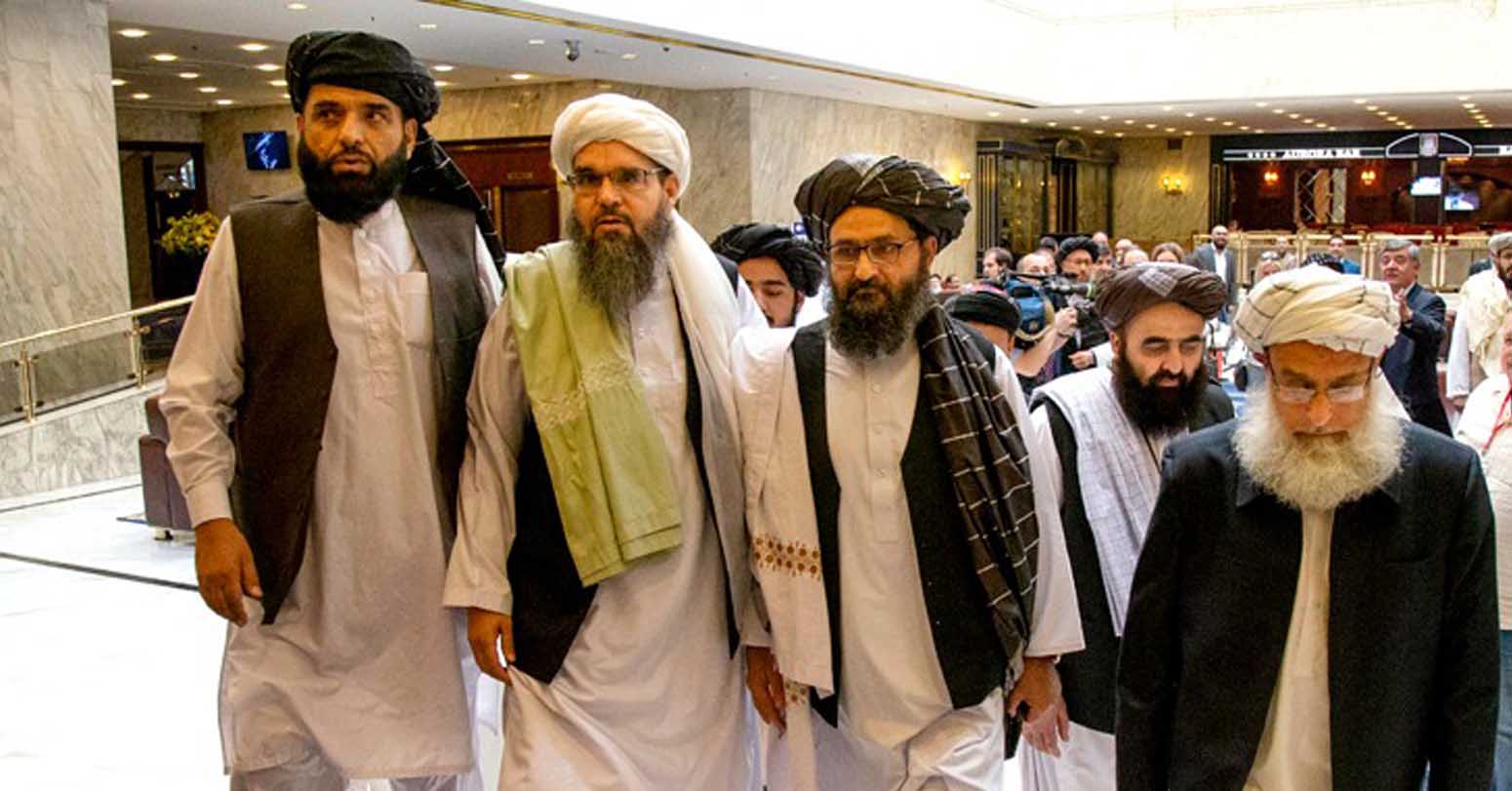

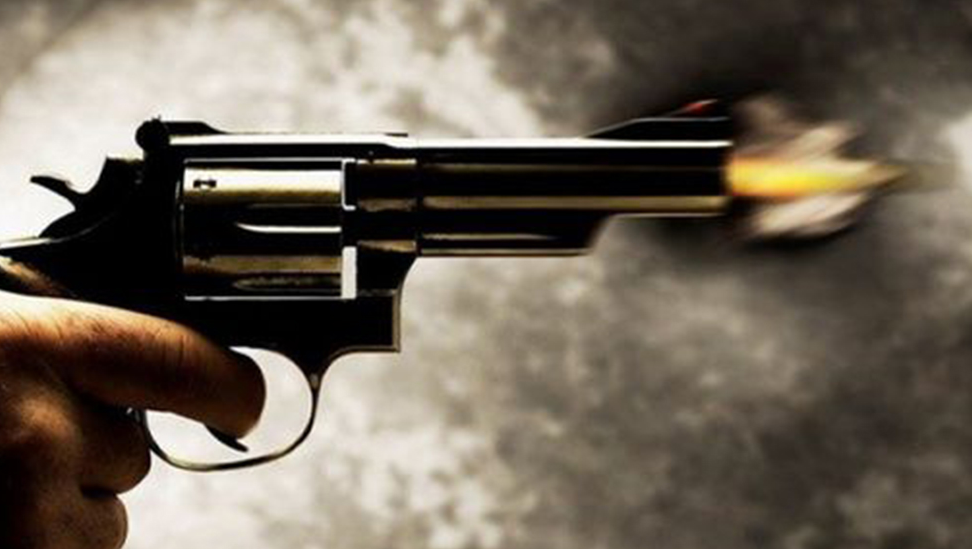
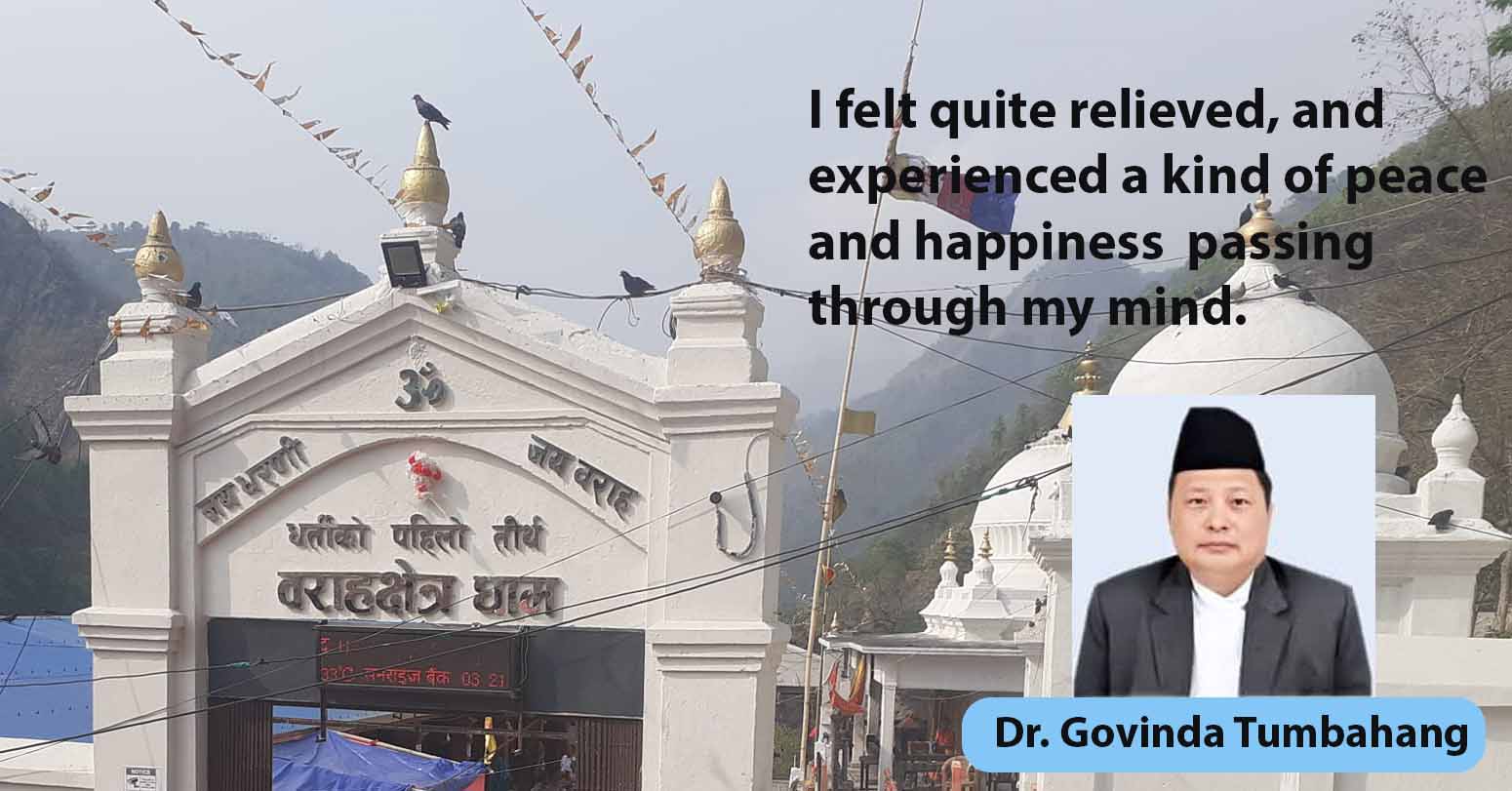
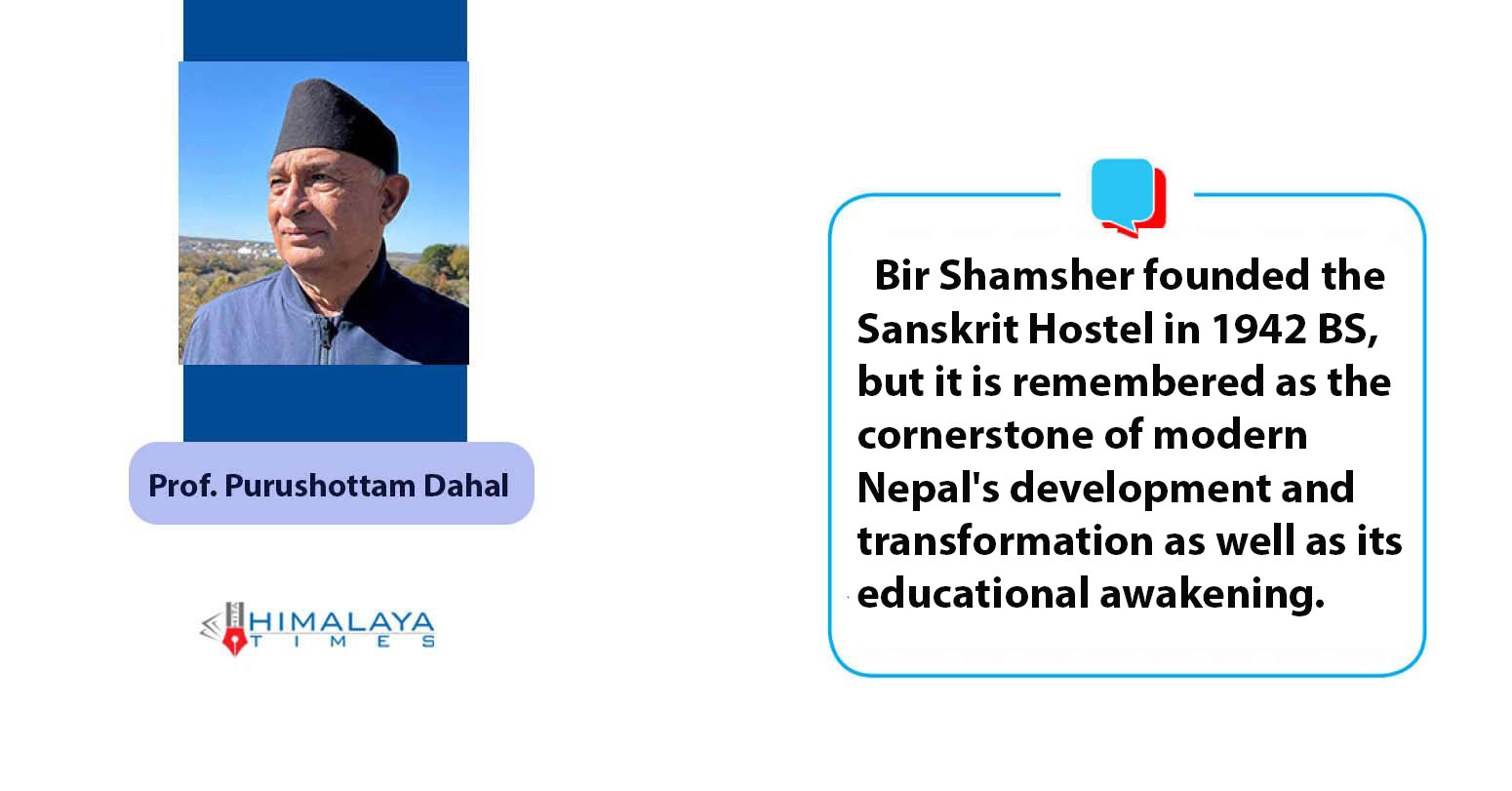
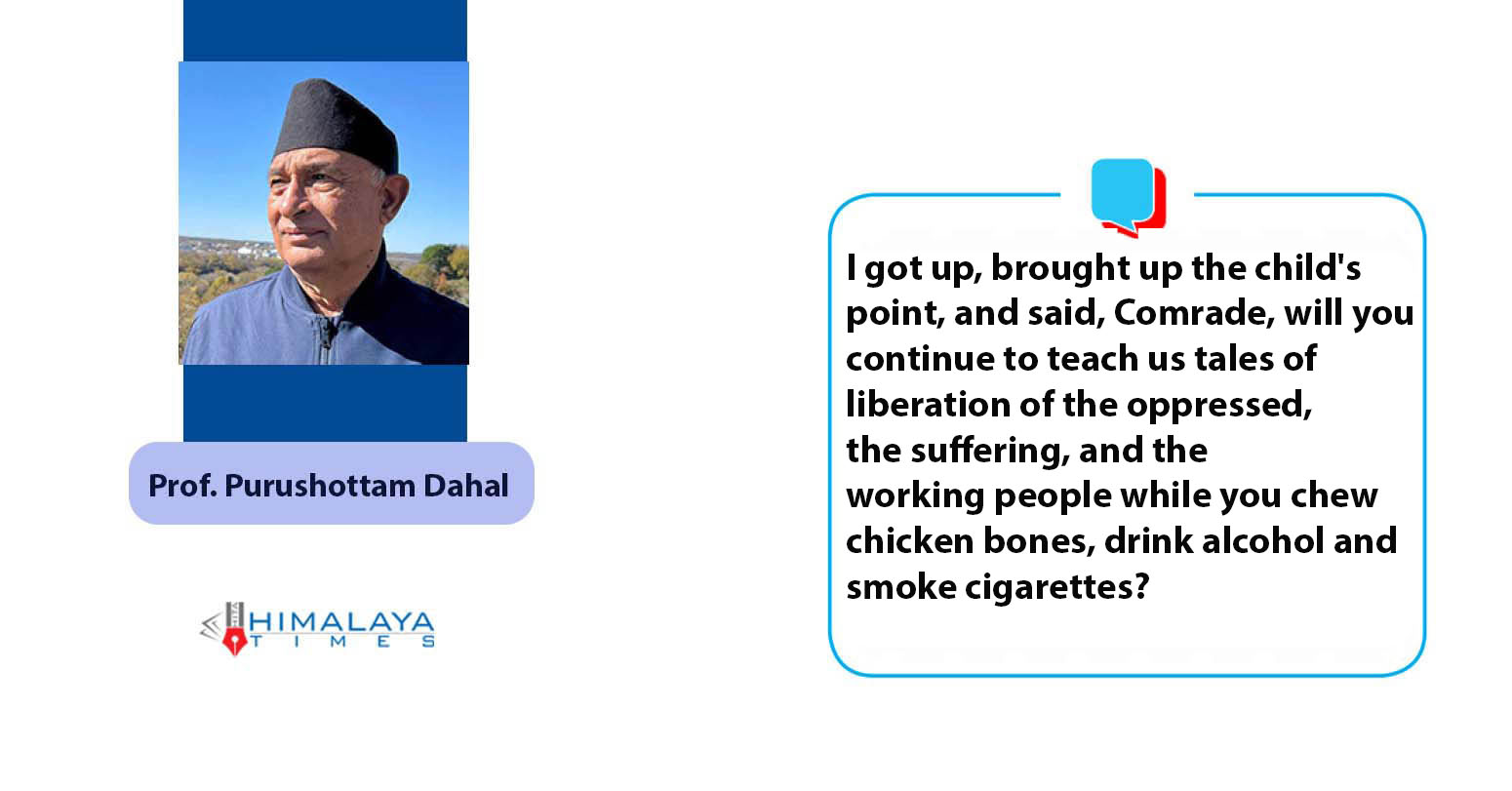

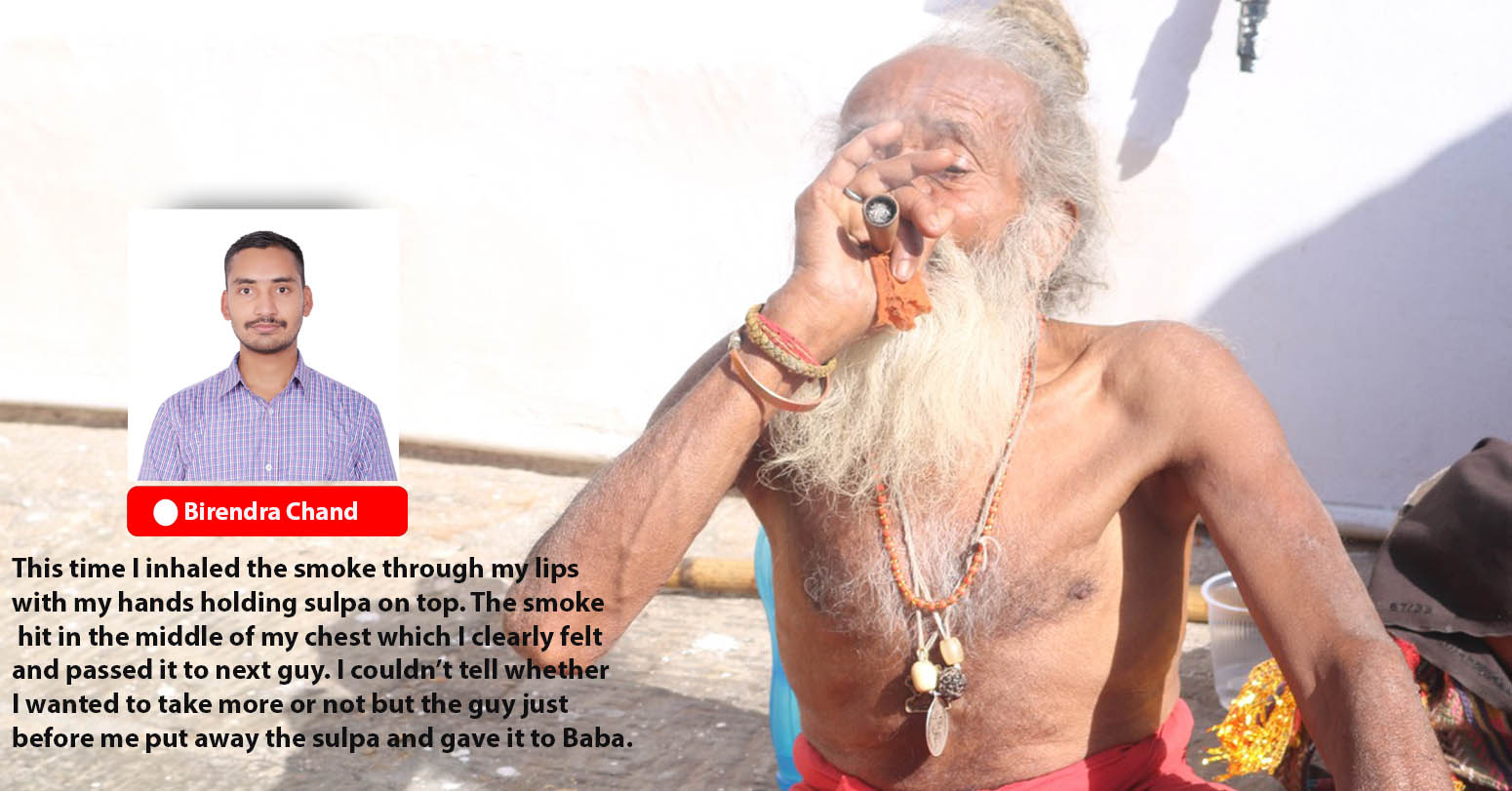
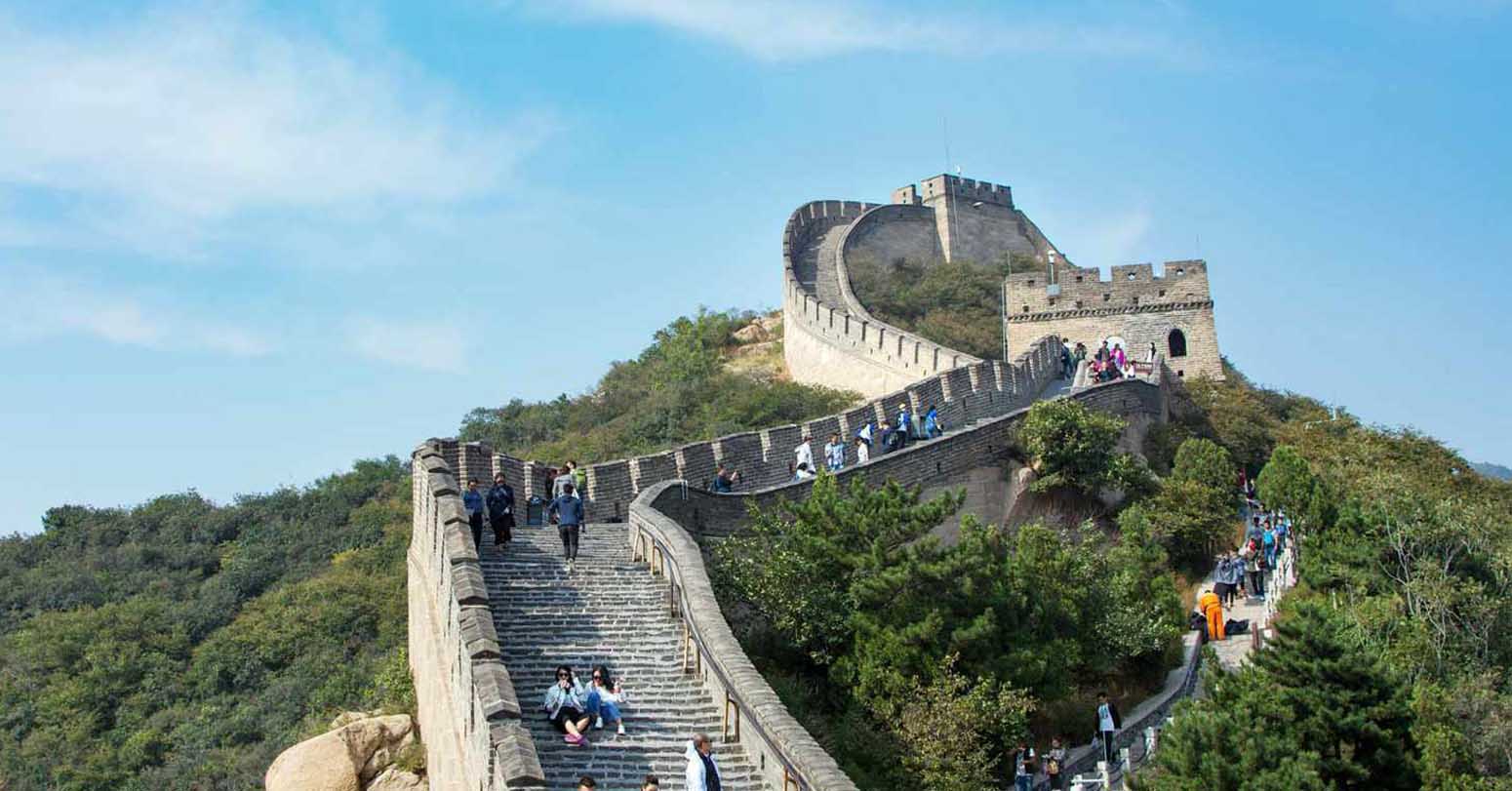
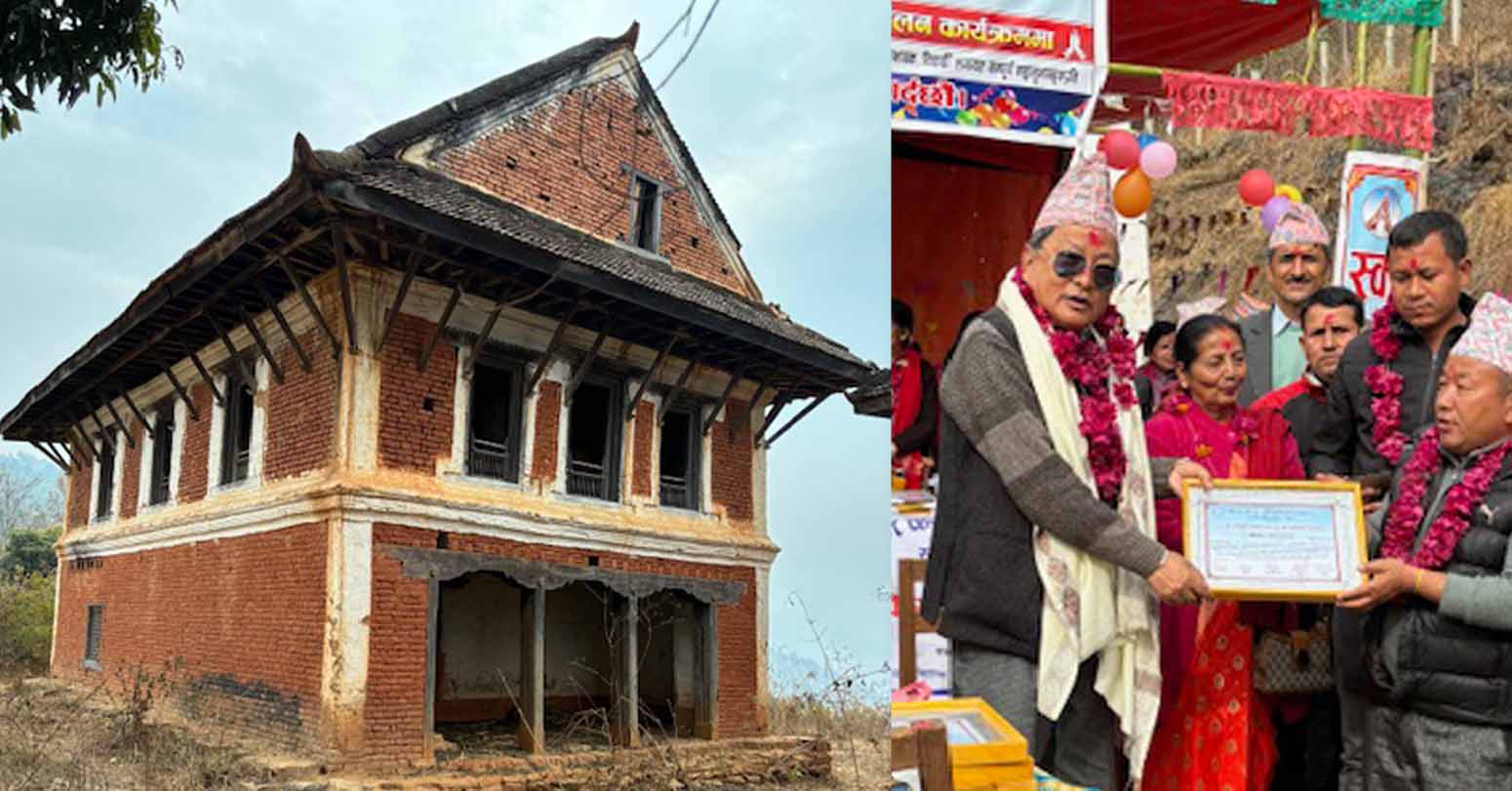
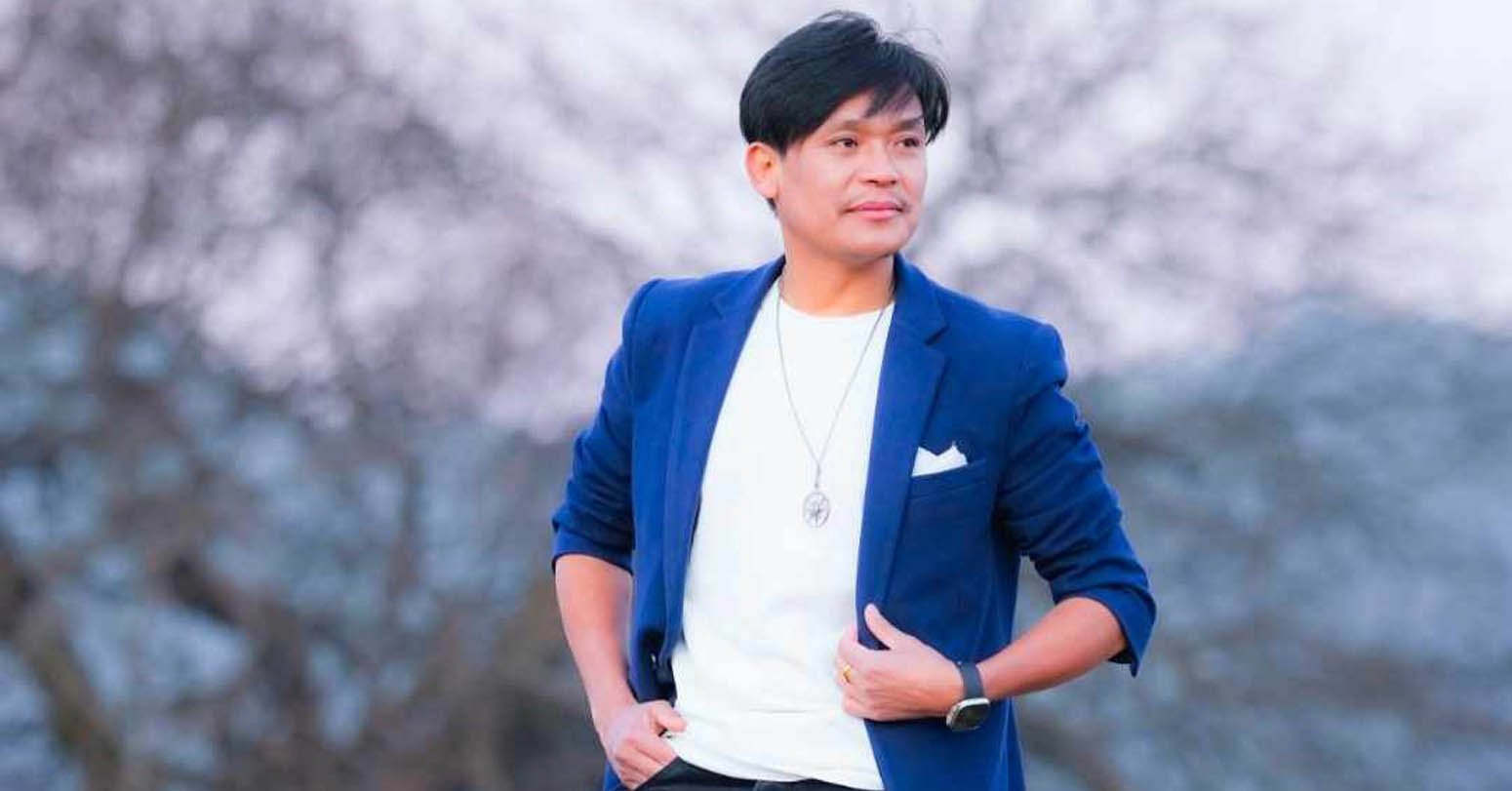
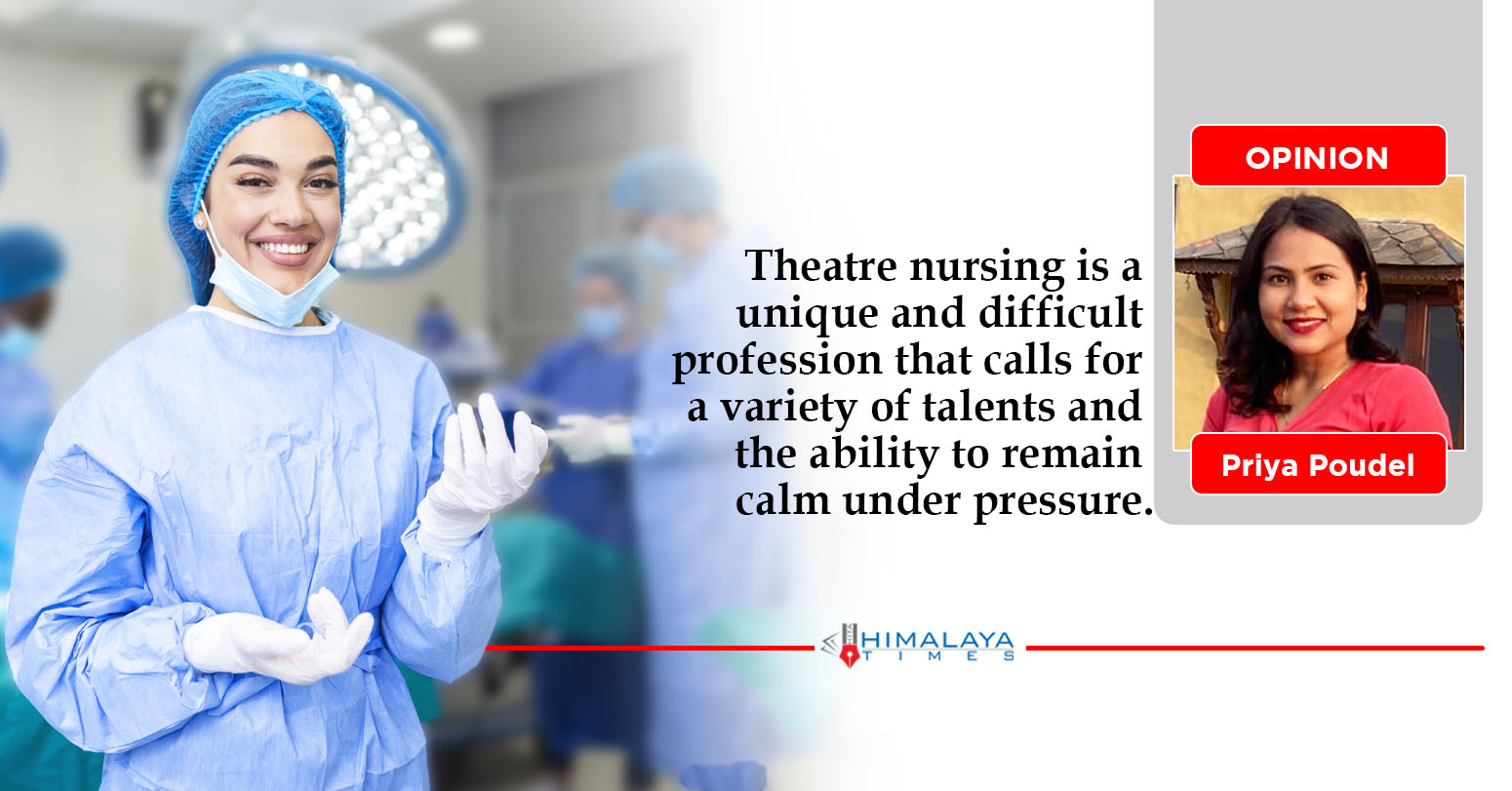
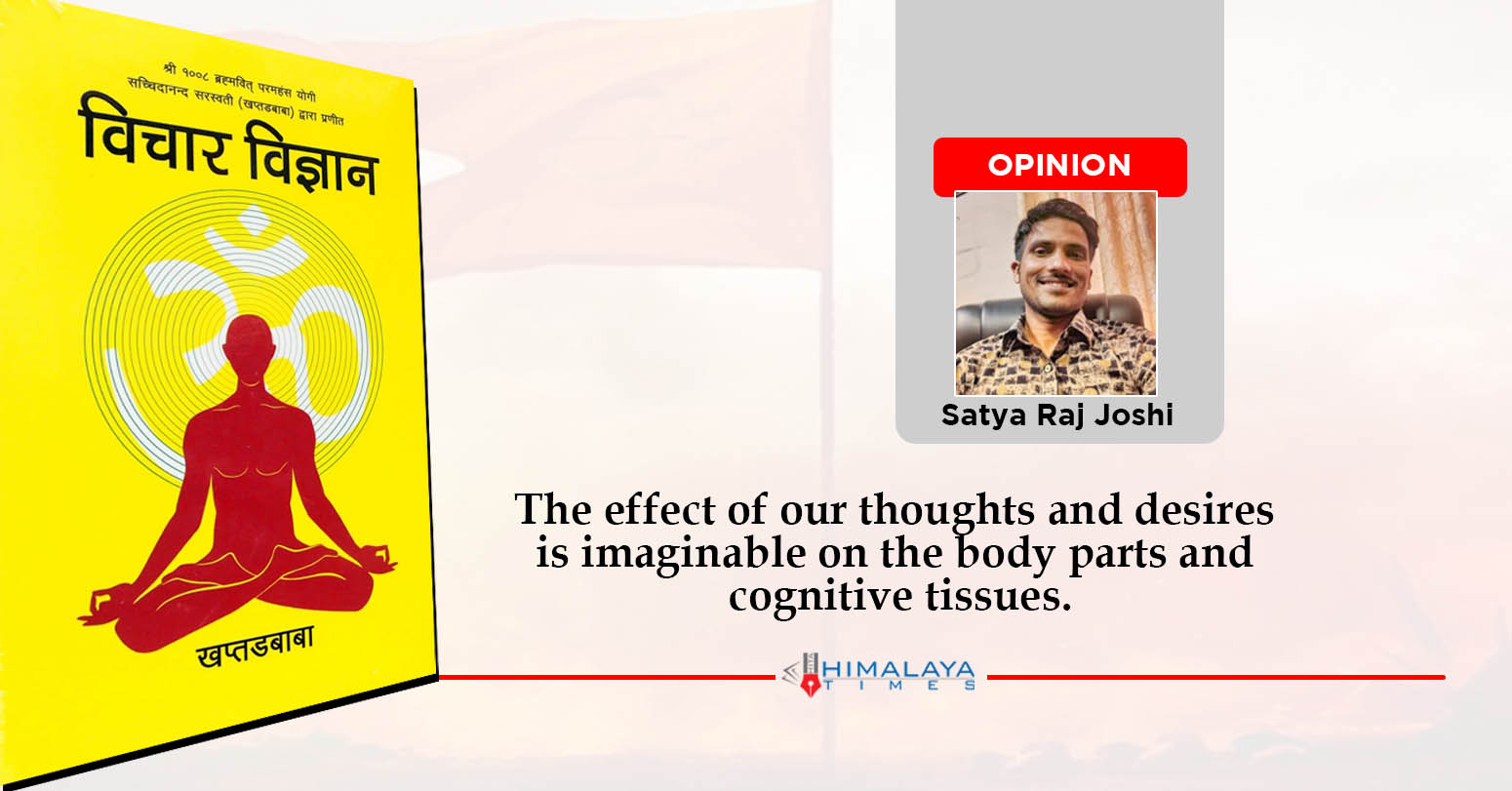
Middle-aged man spends millions to
Dr. Dharam Raj Upadhyay: Man
Breathing The Unbreathable Air
Comprehensive Data Protection Law Critically
Gender Differences In Mental Healthcare
Erosion of Democracy